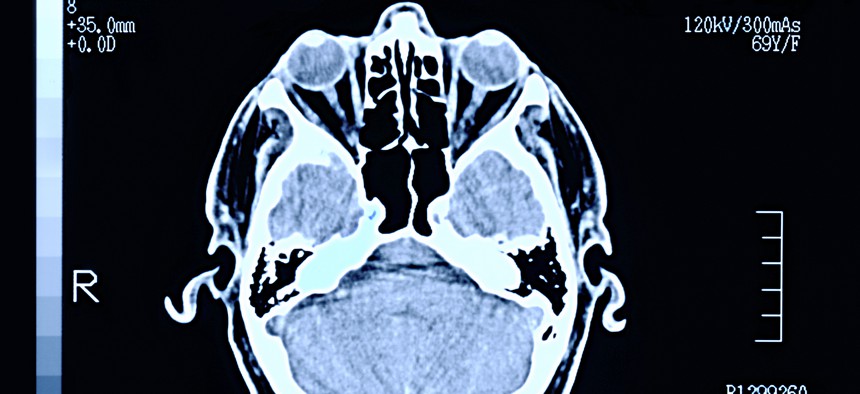AI Scouts Brain Data to Spot Mental Illness Patterns

Peter Dazeley/Getty
Artificial intelligence may be able to spot certain kids of medical conditions before symptoms get serious.
New research may lead to early diagnosis of devastating conditions such as Alzheimer’s disease, schizophrenia, and autism—in time to help prevent and more easily treat these disorders.
As reported in Nature Scientific Reports, researchers built a sophisticated computer program that is able to comb through massive amounts of brain imaging data and discover new patterns linked to mental health conditions.
The brain imaging data came from scans using functional magnetic resonance imaging (fMRI), which measures dynamic brain activity by detecting tiny changes in blood flow.
“We built artificial intelligence models to interpret the large amounts of information from fMRI,” says lead author Sergey Plis, associate professor of computer science and neuroscience at Georgia State University.
Plis compares this kind of dynamic imaging to a movie—as opposed to a snapshot such as an x-ray or, the more common structural MRI—and notes “the available data is so much larger, so much richer than a blood test or a regular MRI. But that’s the challenge—that huge amount of data is hard to interpret.”
In addition, fMRI’s on these specific conditions are expensive, and not easy to obtain. Using an artificial intelligence model, however, regular fMRI’s can be data mined. And those are available in large numbers.
“There are large datasets available in individuals without a known clinical disorder,” says coauthor Vince Calhoun, founding director of the TReNDS Center at Georgia State.
Using these large but unrelated available datasets improved the model’s performance on smaller specific datasets.
“New patterns emerged that we could definitively link to each of the three brain disorders,” Calhoun says.
The researchers first trained the AI models on a dataset including over 10,000 people to learn to understand basic fMRI imaging and brain function. The researchers then used multi-site data sets of over 1,200 people including those with autism spectrum disorder, schizophrenia, and Alzheimer’s disease.
How does it work? It’s a bit like Facebook, YouTube, or Amazon learning about you from your online behavior, and beginning to be able to predict future behavior, likes, and dislikes. The computer software was even able to home in on the “moment” when the brain imaging data was most likely linked to the mental disorder in question.
To make these findings clinically useful, they will need to be applied before a disorder manifests.
“If we can find markers for and predict Alzheimer’s risk in a 40-year-old,” Calhoun says, “we might be able to do something about it.”
Similarly, if schizophrenia risks can be predicted before there are actual changes in brain structure, there may be ways to offer better or more effective treatments.
“Even if we know from other testing or family history that someone is at risk of a disorder such as Alzheimer’s, we are still unable to predict when exactly it will occur,” Calhoun says. “Brain imaging could narrow down that time window, by catching the relevant patterns when they do show up before clinical disease is apparent.”
“The vision is that we collect a large imaging dataset, our AI models pore over it, and show us what they learned about certain disorders,” Plis says. “We are building systems to discover new knowledge we could not discover on our own.”
“Our goal,” says first author Md Mahfuzur Rahman, a doctoral student in computer science, “is to bridge big worlds and big datasets with small worlds and disease-specific datasets and move towards markers relevant for clinical decisions.”
Startup funds to SMP and the National Institutes of Health supported the work.





